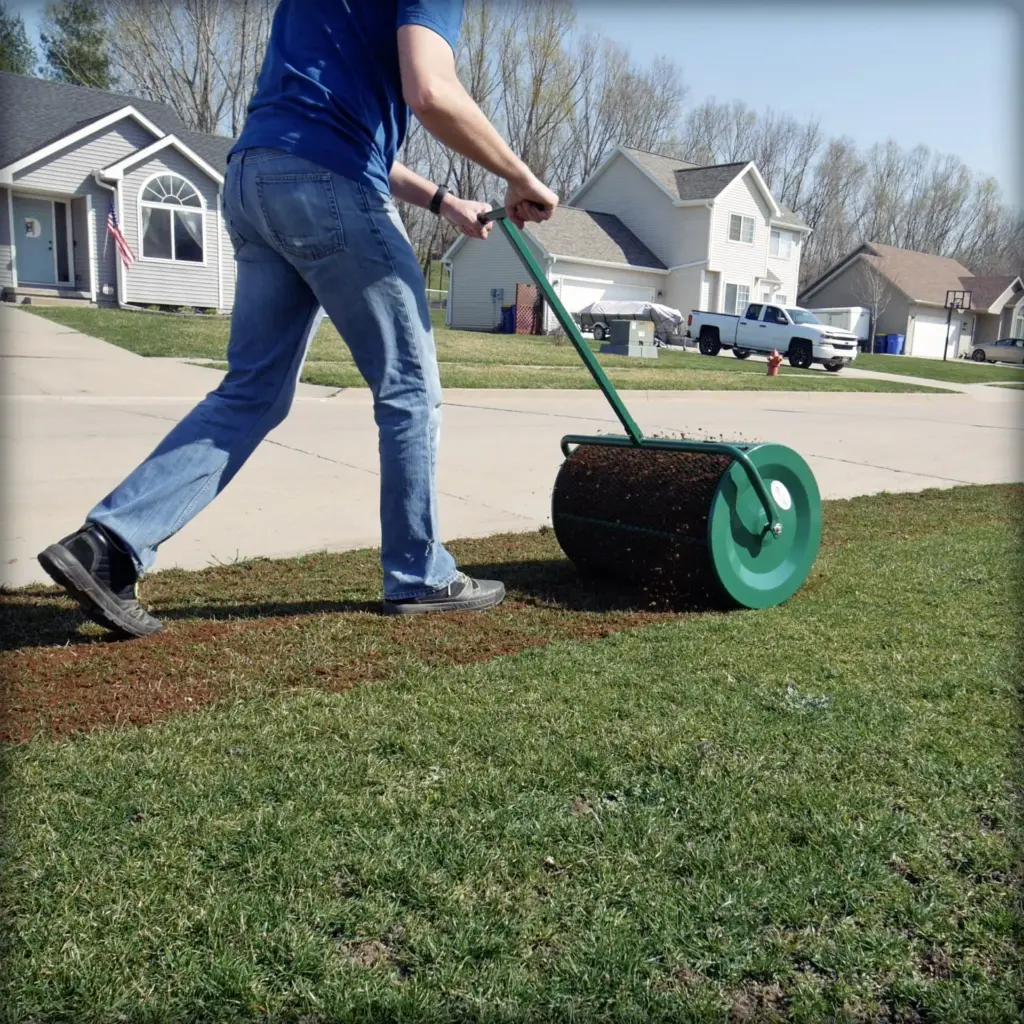As winter fades and your lawn starts to come back to life, it’s time to prepare it for a healthy and vibrant growing season. One of the best-kept secrets in lawn care is a technique called lawn scalping—and doing it in spring can significantly boost your lawn’s health and appearance. In this blog, we’ll break down what lawn scalping is, why it’s beneficial in spring, and how to do it properly.
What Is Lawn Scalping?
Lawn scalping is the process of mowing your grass extra low at the beginning of the growing season, typically in early spring. This means cutting your lawn down to almost the soil level to remove thatch, dead grass, and winter debris. While it might look a little harsh at first, this technique jump-starts the growing process, especially for warm-season grasses like Bermuda, Zoysia, and St. Augustine.
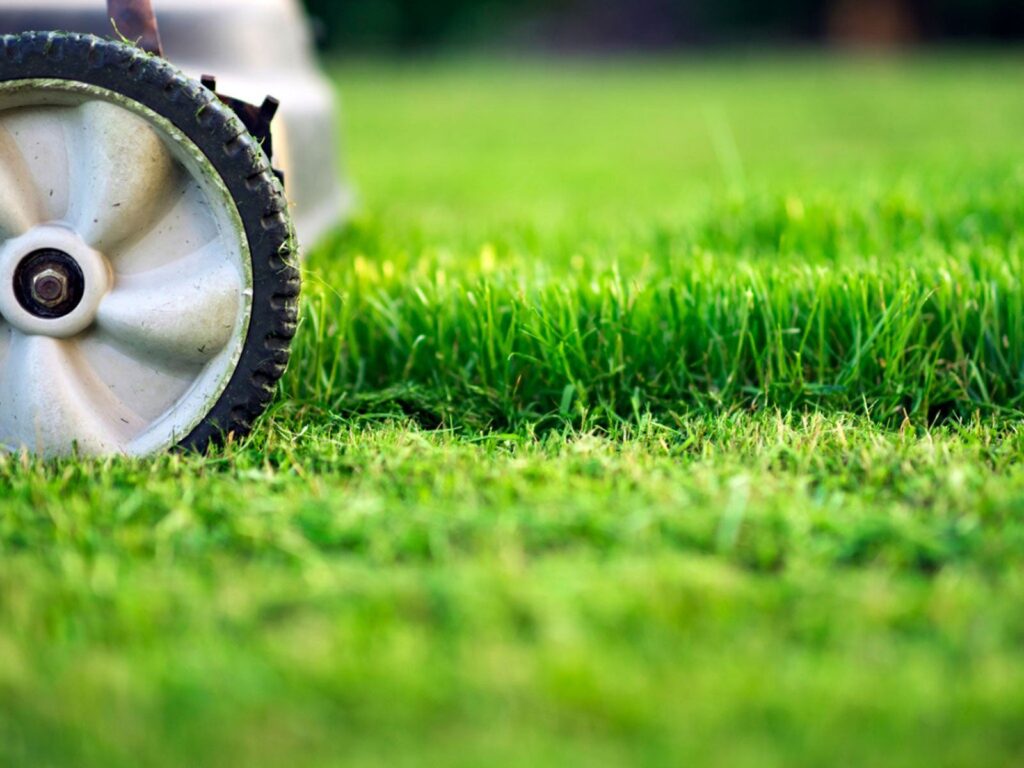

Why Lawn Scalping in Spring Works Wonders
1. Warms Up the Soil Faster
Scalping removes the layer of dead grass that insulates the soil. Without this barrier, the sun’s rays can penetrate the soil more easily, raising the temperature more quickly. Warm soil is essential for root development and encourages earlier and more vigorous growth.
Focus Keyword: spring lawn scalping
2. Boosts Photosynthesis
By removing old, dead grass and debris, you give the new grass blades better access to sunlight. More sunlight means more photosynthesis, which translates to healthier, greener grass. Early spring is when your lawn needs energy the most—scalping helps deliver that.
3. Eliminates Thatch and Disease Risks
Over the winter, a thick layer of thatch (a mix of dead grass, roots, and organic matter) can build up. Thatch can harbor mold, fungi, and pests. Spring lawn scalping clears this layer away, reducing disease risk and improving air circulation.
4. Promotes Uniform Green-Up
Have you ever noticed patchy green spots in your lawn in spring? That’s because not all parts of your lawn receive the same sunlight or warmth. Scalping helps even things out so your entire lawn greens up more uniformly and looks more attractive.
When to Scalp Your Lawn
Timing is everything. You want to scalp your lawn after the last frost but before new growth begins in earnest. For most warm-season grasses, this falls between late March and early April, depending on your climate zone.
If you scalp too early, you risk damaging the grass if another cold snap occurs. Too late, and you might stunt the new growth. Always check your local forecast and soil temperature—once the soil reaches around 55°F (13°C), it’s usually safe to scalp.
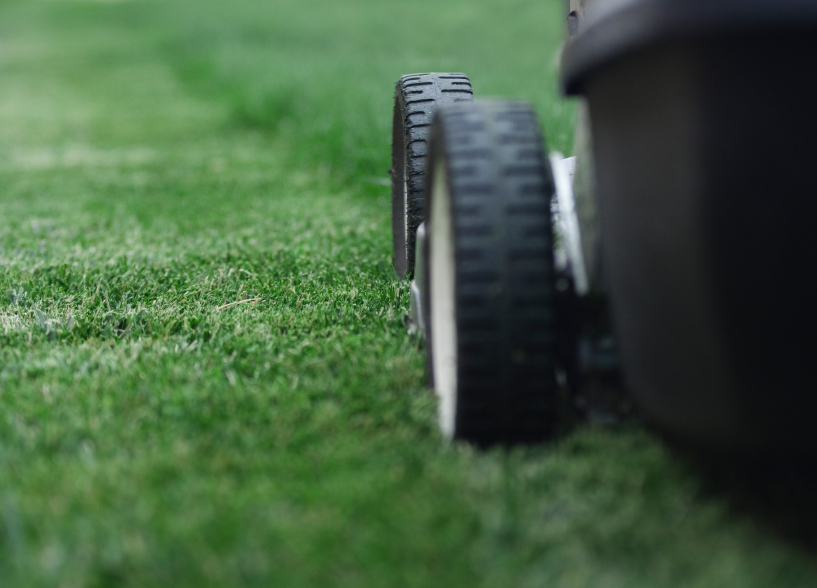
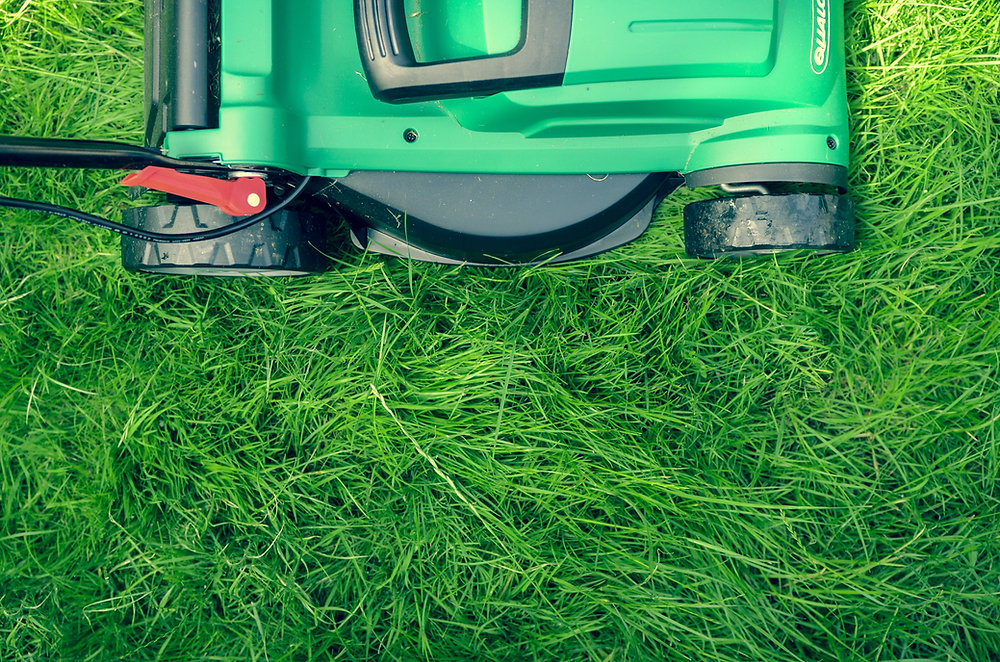
How to Scalp Your Lawn the Right Way
Step-by-Step Lawn Scalping Guide:
Choose the Right Mower Setting
Lower your mower blade to about 1 inch (or as low as your mower allows without scalping the soil).Sharpen the Blades
Dull mower blades can tear grass, leading to disease and brown spots. Make sure your mower blades are sharp for a clean cut.Bag the Clippings
Don’t mulch the scalped clippings. Instead, bag them and remove them to prevent buildup on your lawn.Rake and Clean Up
Use a leaf rake or dethatching rake to remove remaining debris, especially in corners and around landscaping.Water and Fertilize
After scalping, give your lawn a light watering and apply a slow-release fertilizer to kickstart growth.
Which Grasses Benefit Most from Spring Scalping?
Scalping is especially beneficial for warm-season grasses that go dormant in winter and return in spring. These include:
Bermuda Grass
Zoysia Grass
Centipede Grass
St. Augustine Grass
Cool-season grasses like Kentucky Bluegrass or Fescue don’t require scalping and may be damaged by it.
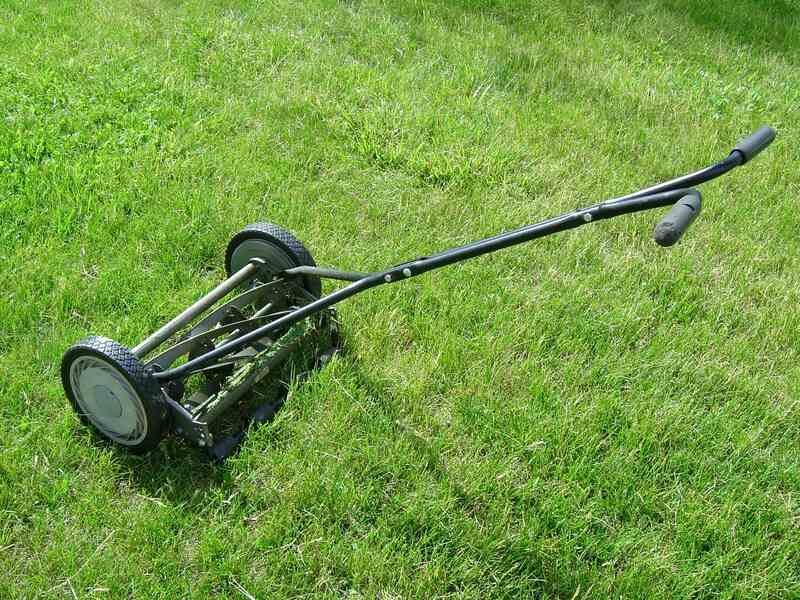

Common Mistakes to Avoid
Scalping too late: Once new grass starts growing, scalping can damage tender shoots.
Scalping too low: Never expose the soil directly or you risk weed growth and erosion.
Skipping cleanup: Leaving clippings can suffocate your lawn.
Final Thoughts: Is Lawn Scalping Worth It?
Absolutely—when done correctly, spring lawn scalping sets the stage for a lush, vibrant lawn all season long. It clears out the old to make way for the new, allowing your grass to wake up faster and grow stronger. While it may seem a bit aggressive at first, the results speak for themselves.
If you’re serious about having the best lawn on the block, don’t skip this essential spring lawn care step.
